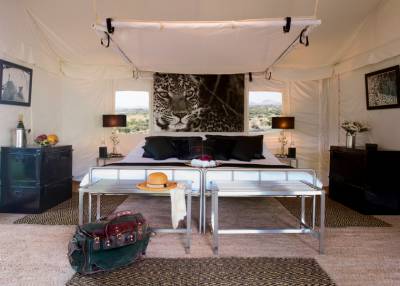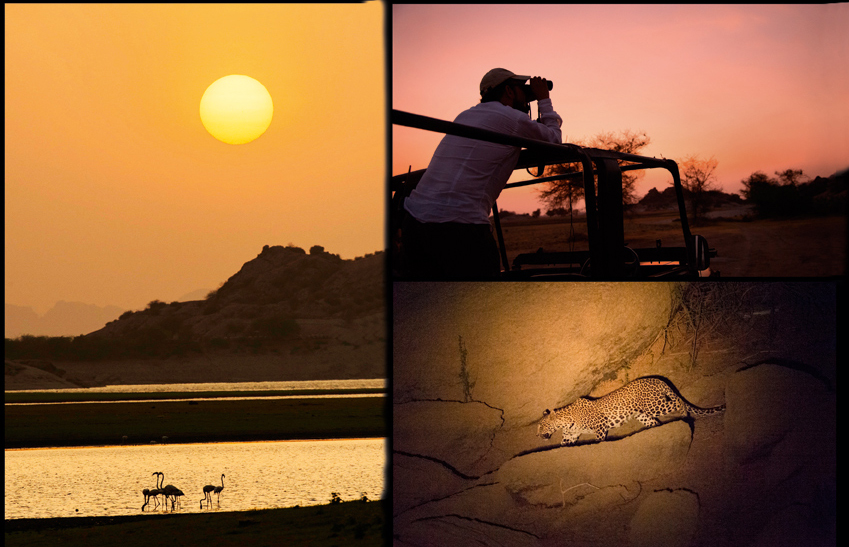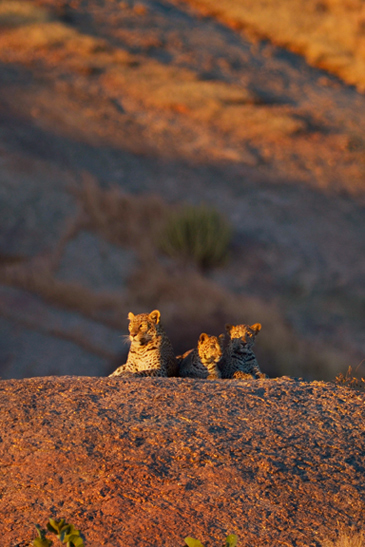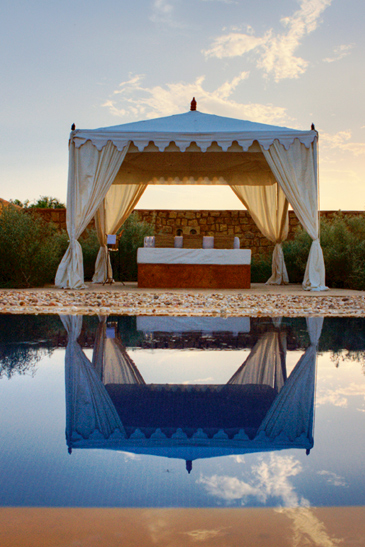The unique attraction of this camp—and a boon for riding enthusiasts—are the beautiful Marwari horses, with paisley-shaped ears like little devil’s horns, bred by Wilderness’ owner Siddharth Singh. The camp offers “cultural safaris” of its own, with visits to Bishnoi communities, an offshoot of Hinduism created in 1484, distinguished by their refusal to cut green trees or kill any animals.
But another, more unusual, experience also lies in store: a visit to a local village for a welcome ceremony with a difference. It is not every day, after all, that one finds oneself slurping liquid opium from the palm of one’s host.
“There are government shops that sell dried poppy heads, milked of their latex, which can be boiled to produce a very mild intoxicant,” explains Siddharth’s wife, Rashmi.
“But many local people succeed in buying liquid opium destined for medicinal use, on the black market. It is, of course, illegal, but it is so engrained in western Rajasthani custom, that a blind eye is turned.” Opium used to be given to Rajput warriors, before going into battle.
Today it has more social uses—at special events, and to welcome guests—and is traditionally to be taken only by men over the age of 45. And so, on this occasion, my guide and I joined an assembly of Brahmins (the tradition transcends caste), the presiding elder already doey-eyed with dope.
The liquid opium had been boiled with molasses and sesame oil, pressed into a tablet, crushed and diluted with water. Now I watched it being strained through two cloth funnels and into little wooden boats. Amid incantations, the first libation was offered to the god Shiva, before the liquid was passed around the assembled group, to be slurped noisily from the hand of the elder with loud but lame protestations.
Then it was my turn. I hesitated. The men all stared, curious. Oh well… I slurped, three times (twice is bad luck).














